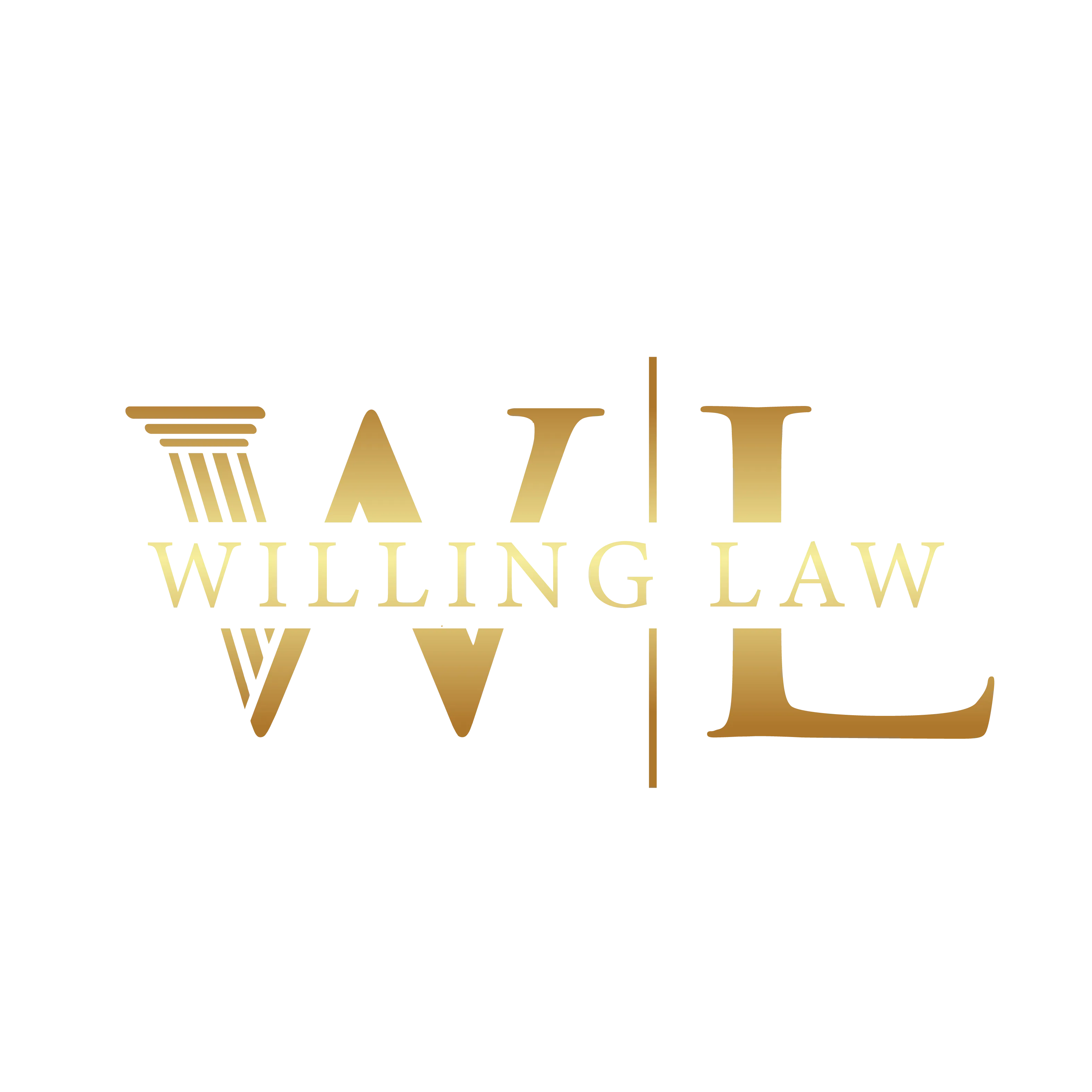Understanding Equalization and Net Family Property in Ontario: How to Prepare Yourself During a Divorce
By:
Amanda Willing
On
26/10/2025Reading time:
5 min
Summary:
Divorce is not only an emotional process — it’s also a financial one. In Ontario, when a marriage ends, the law aims to ensure that both spouses leave the relationship on equal financial footing. This process is called equalization, and it’s based on each spouse’s Net Family Property (NFP).
At Willing Law, we understand how overwhelming this process can feel. Here’s what you need to know to prepare and protect your financial interests.
What Is Equalization?
Under Ontario’s Family Law Act, equalization is the method used to fairly divide the increase in each spouse’s net worth during the marriage.
In simple terms:
Each spouse calculates the total value of their assets minus their debts on the date of separation.
Then, each calculates the same on the date of marriage.
The difference between those two figures is their Net Family Property.
The spouse with the higher NFP owes the other spouse half of the difference. This payment is known as an equalization payment.
What Counts as Property?
Property doesn’t just mean real estate. When determining NFP, the following are typically included:
The matrimonial home
Vehicles, investments, RRSPs, pensions, and savings
Business interests or shares
Personal property like jewelry or art
It’s also important to consider debts and liabilities, such as mortgages, lines of credit, or loans, which reduce your NFP.
What Is Excluded from Equalization?
Certain assets may be excluded, such as:
Gifts or inheritances received during the marriage that were kept separate
Damages or settlements for personal injuries
Property excluded by a domestic contract (e.g., a marriage contract or prenup)
However, if an inheritance or gift was used to pay down the mortgage or improve the matrimonial home, it typically loses its excluded status.
How to Prepare Yourself Financially During a Divorce
Gathering and organizing your financial information early on can save you time, stress, and legal costs. Here are a few key steps to take:
Gather Documentation: Collect bank statements, investment records, mortgage documents, tax returns, pension statements, and credit card statements for at least the past three years.
Prepare a List of Assets and Debts: Create a clear inventory of everything you own and owe — both jointly and individually.
Get Property Valuations: Consider obtaining appraisals for real estate, vehicles, or businesses to ensure fair valuations.
Track Date of Marriage and Separation: These dates are critical for calculating NFP and determining what’s included or excluded.
Speak with a Family Lawyer Early: Legal advice at the beginning of the process can help you avoid costly mistakes and ensure your rights are protected.
Why Legal Advice Matters
Equalization can be complex — especially when there are multiple properties, business interests, or inherited assets involved. A lawyer can help ensure that:
Your property is valued fairly
You receive (or pay) the correct equalization amount
Any exclusions are properly documented
Your disclosure obligations are met
How Willing Law Can Help
At Willing Law, we guide clients through every stage of the equalization and divorce process — from gathering financial disclosure to negotiating fair settlements. Our team focuses on practical solutions that protect your assets and bring you peace of mind.
💼 If you’re preparing for separation or divorce, let’s ensure you’re financially protected.
📞 Contact Willing Law today to book your consultation and get clarity on your rights and next steps.
